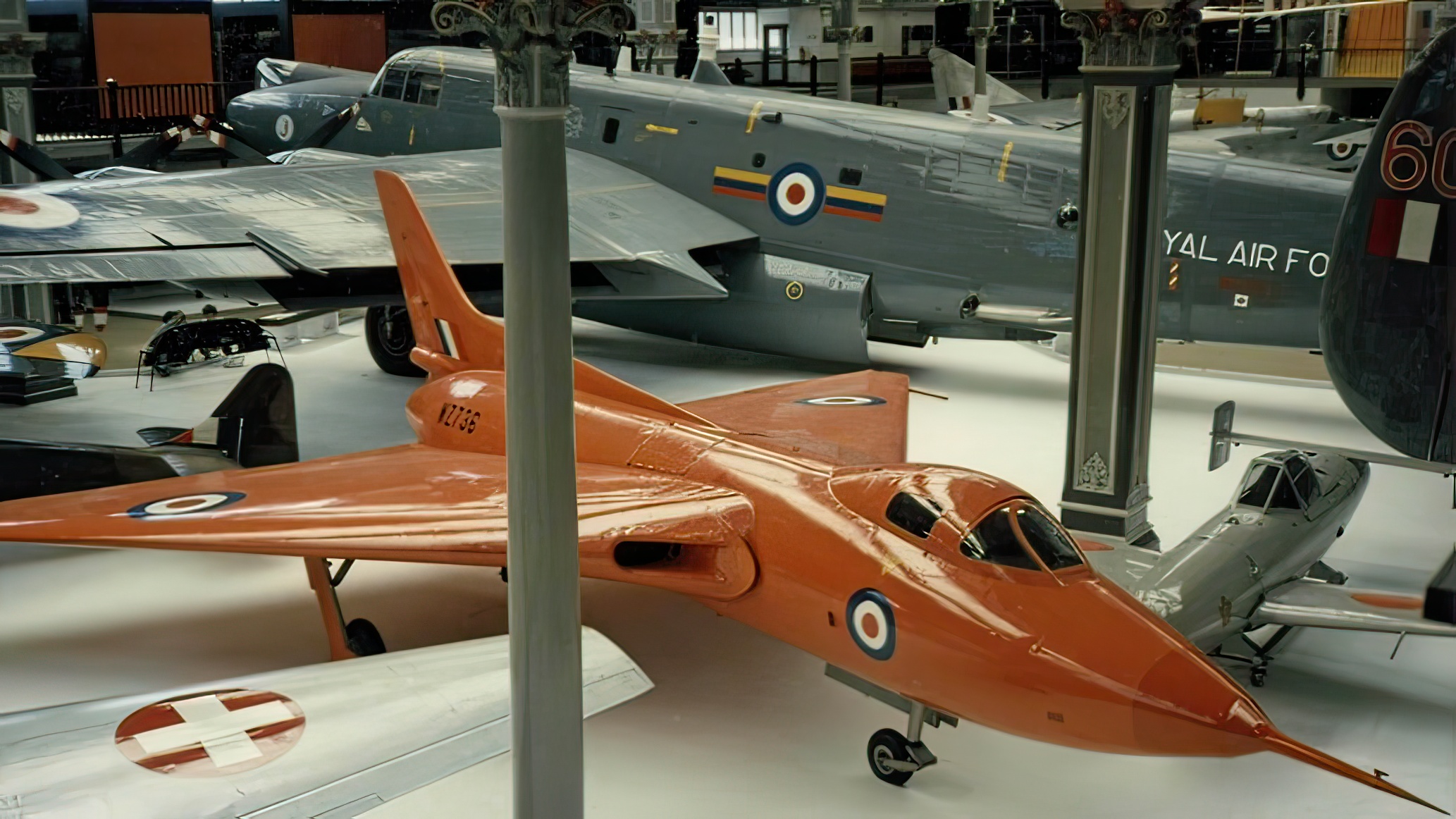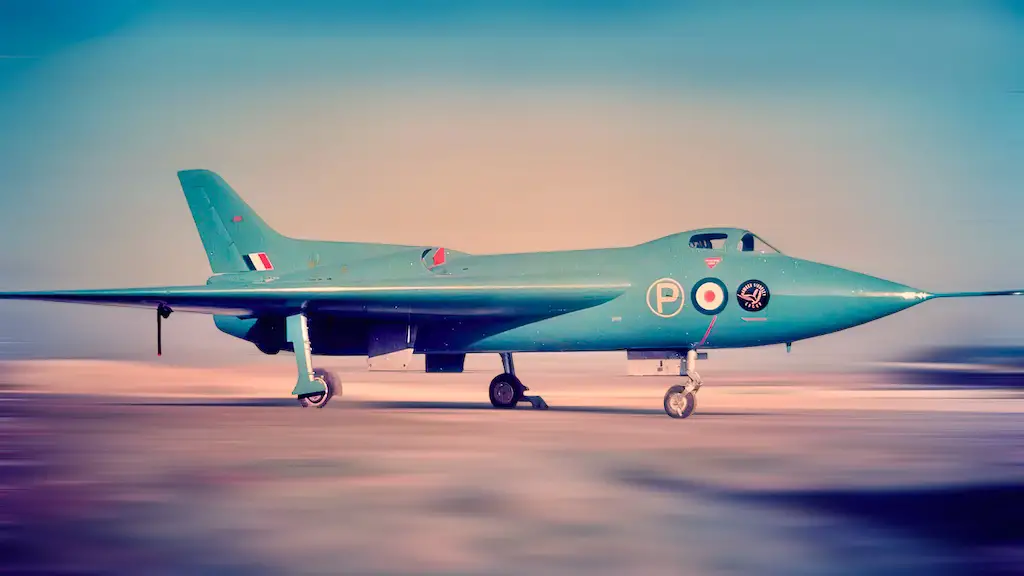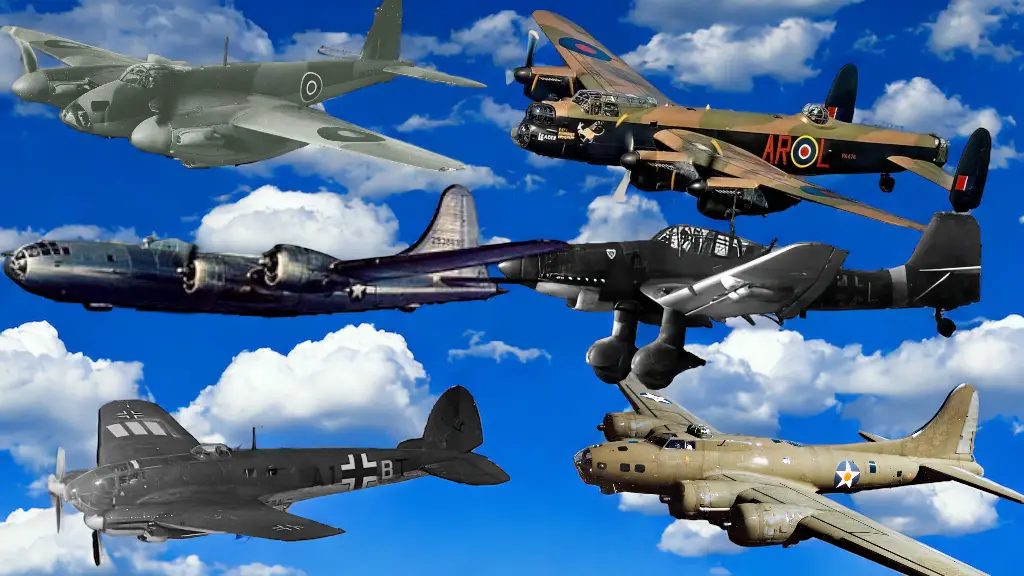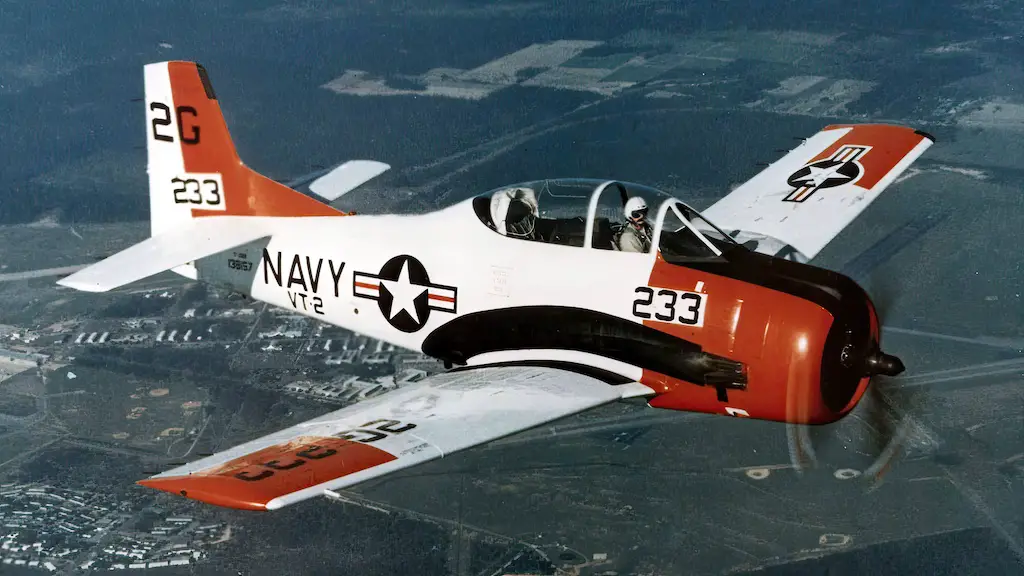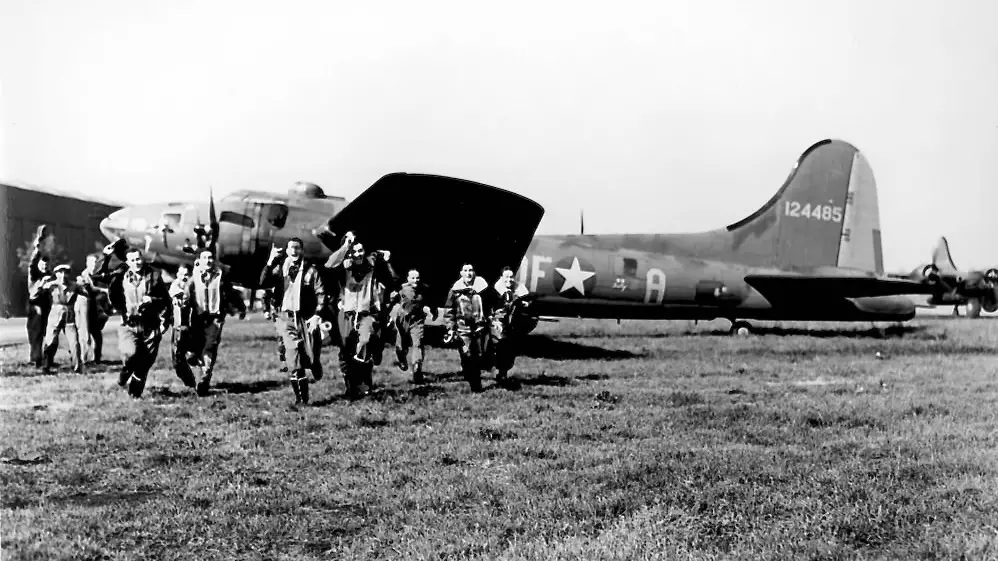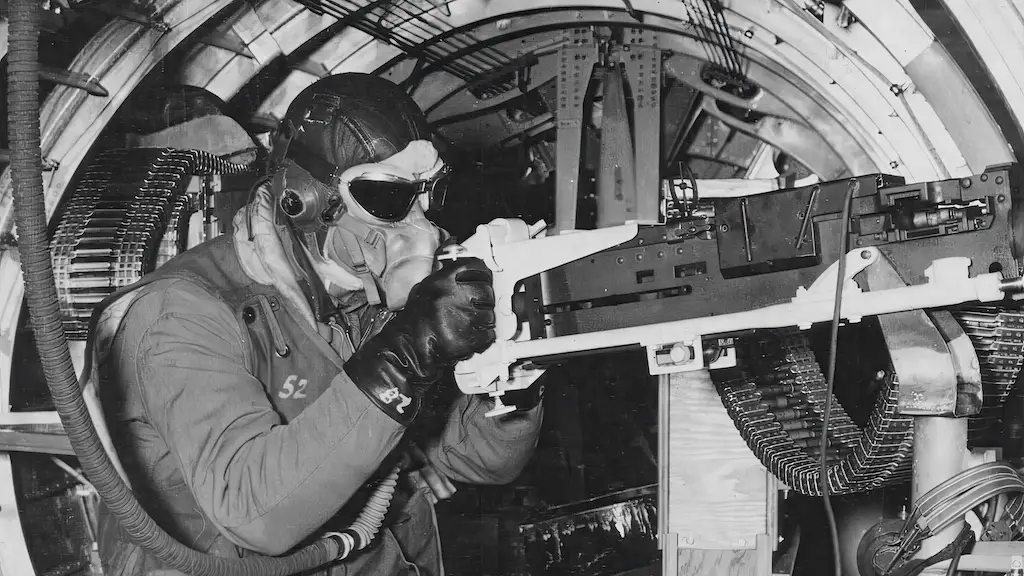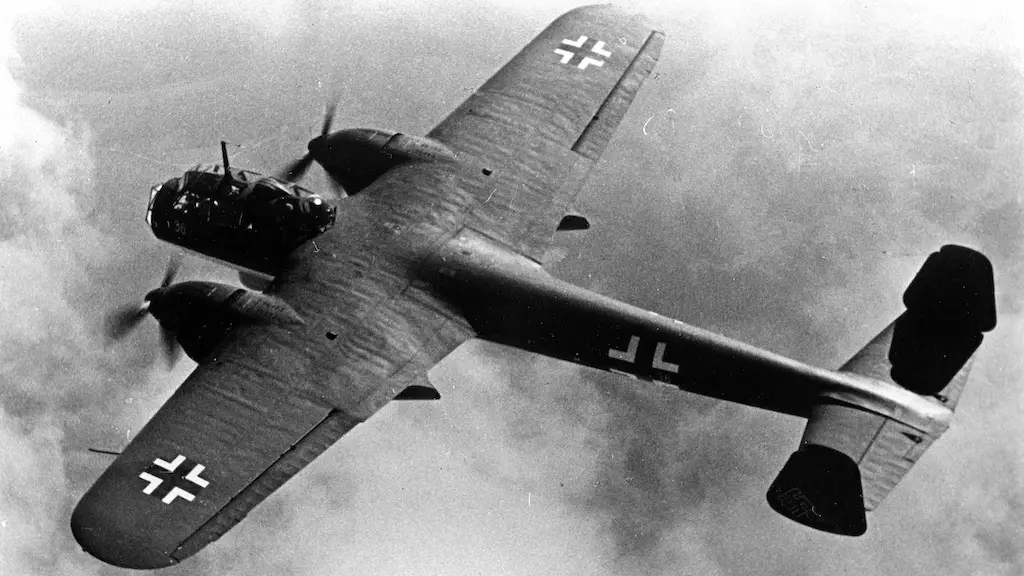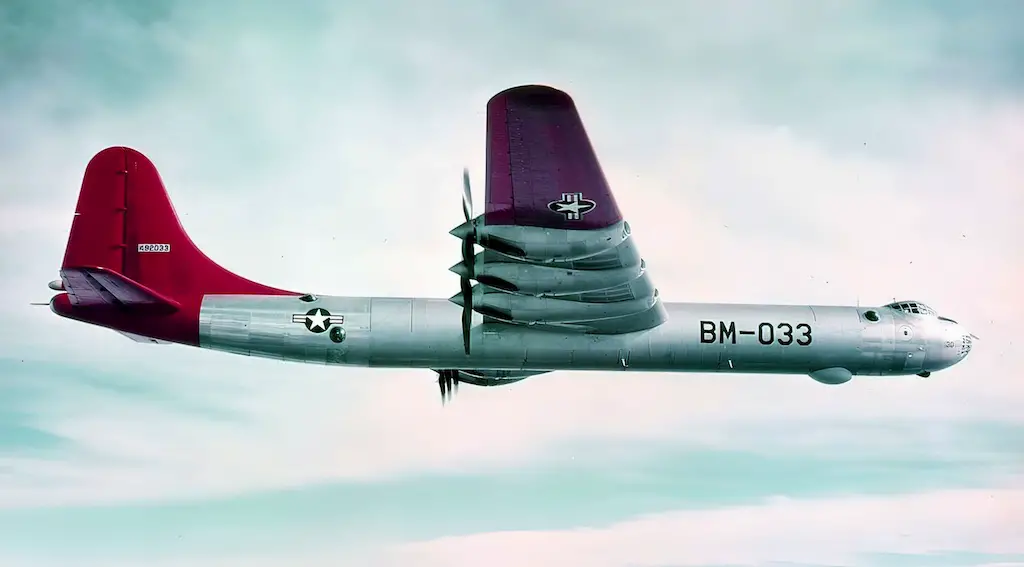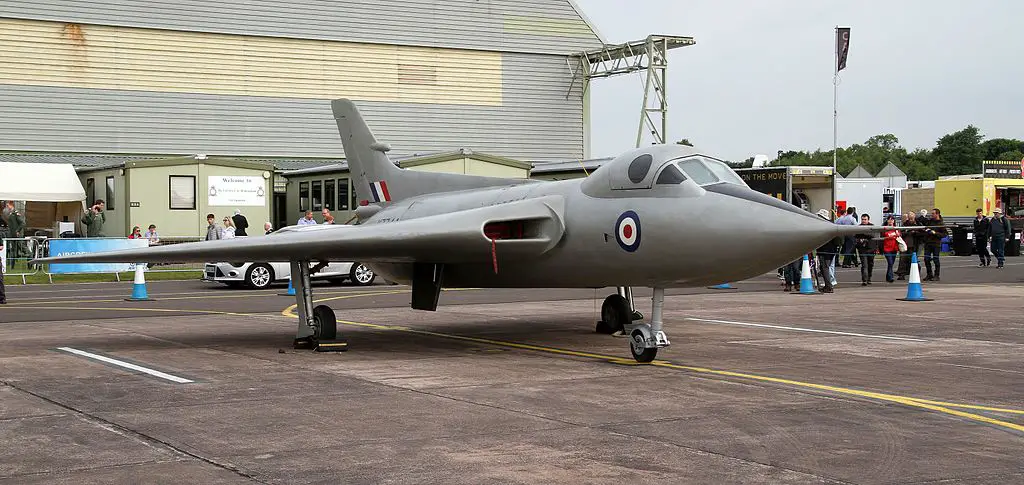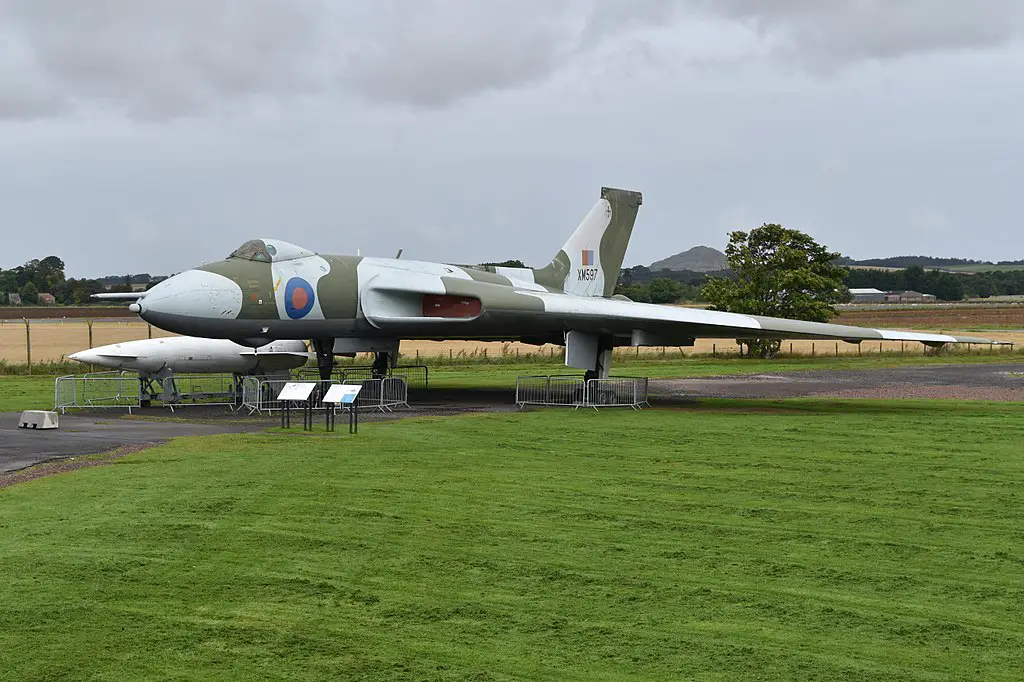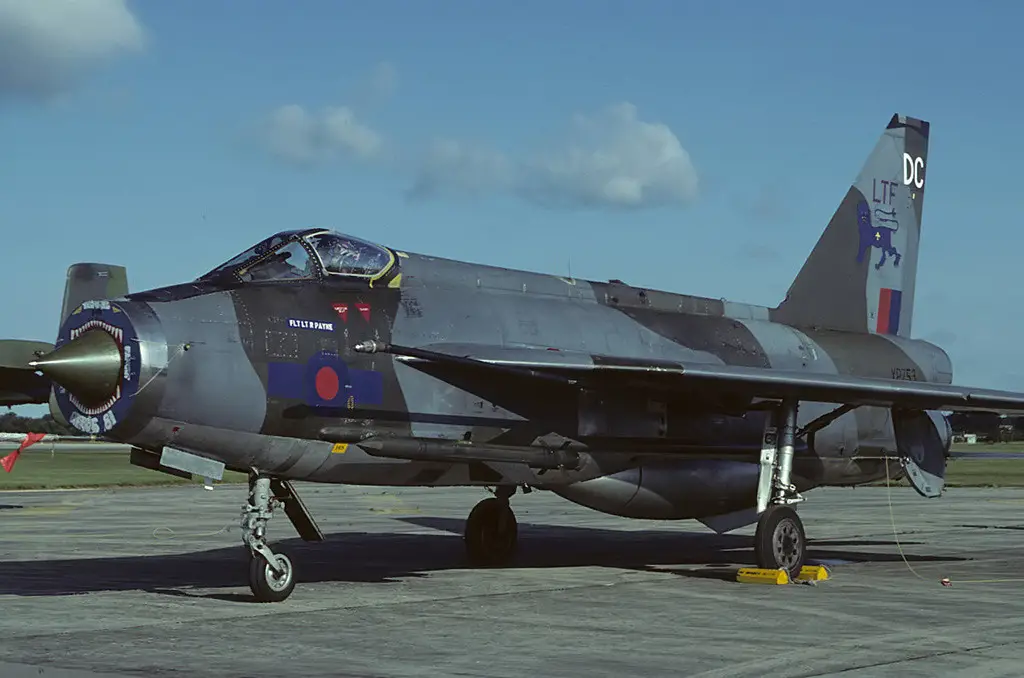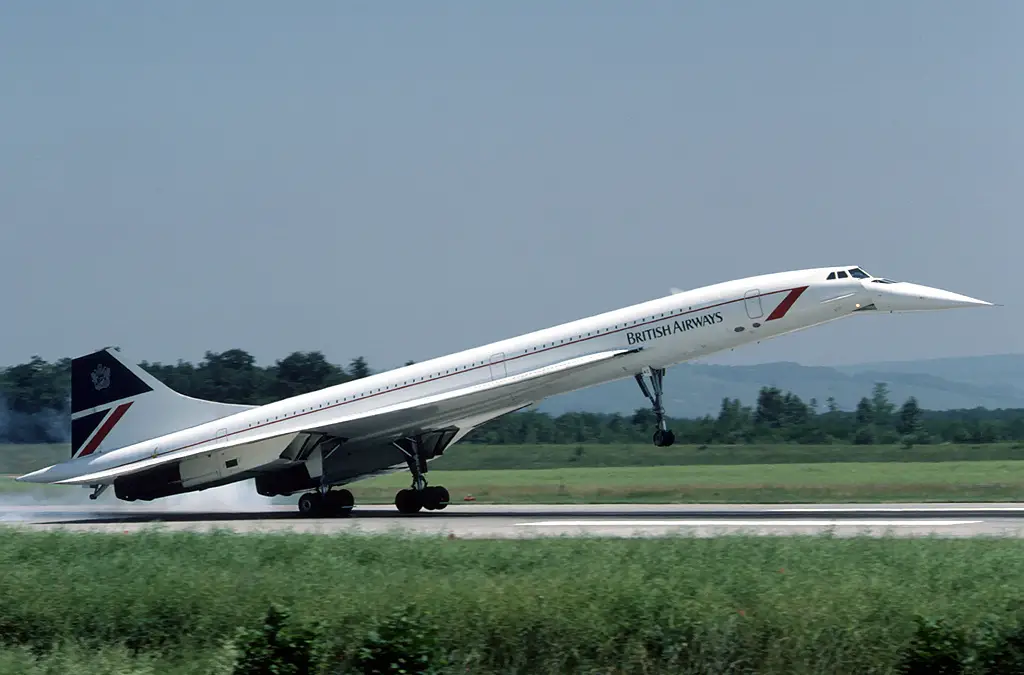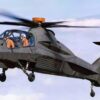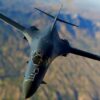In the early 1950s, British aviation thrived on innovation, and the Avro 707 stood as a prime example. A.V. Roe Company developed this research aircraft, featuring a revolutionary delta-wing design. Sleek, futuristic, and fast, the 707 embodied the essence of an aviation legend. Yet, despite its potential, setbacks and disappointments marred the Avro 707’s journey.
German wartime research on delta-wing aircraft in the late 1940s inspired the Avro 707’s development. The British government recognized the potential for a high-speed bomber. In response, the Royal Aircraft Establishment (RAE) issued a specification for such a plane in 1947. A.V. Roe’s chief designer, Roy Chadwick, eagerly accepted the challenge, giving birth to the 707 project.
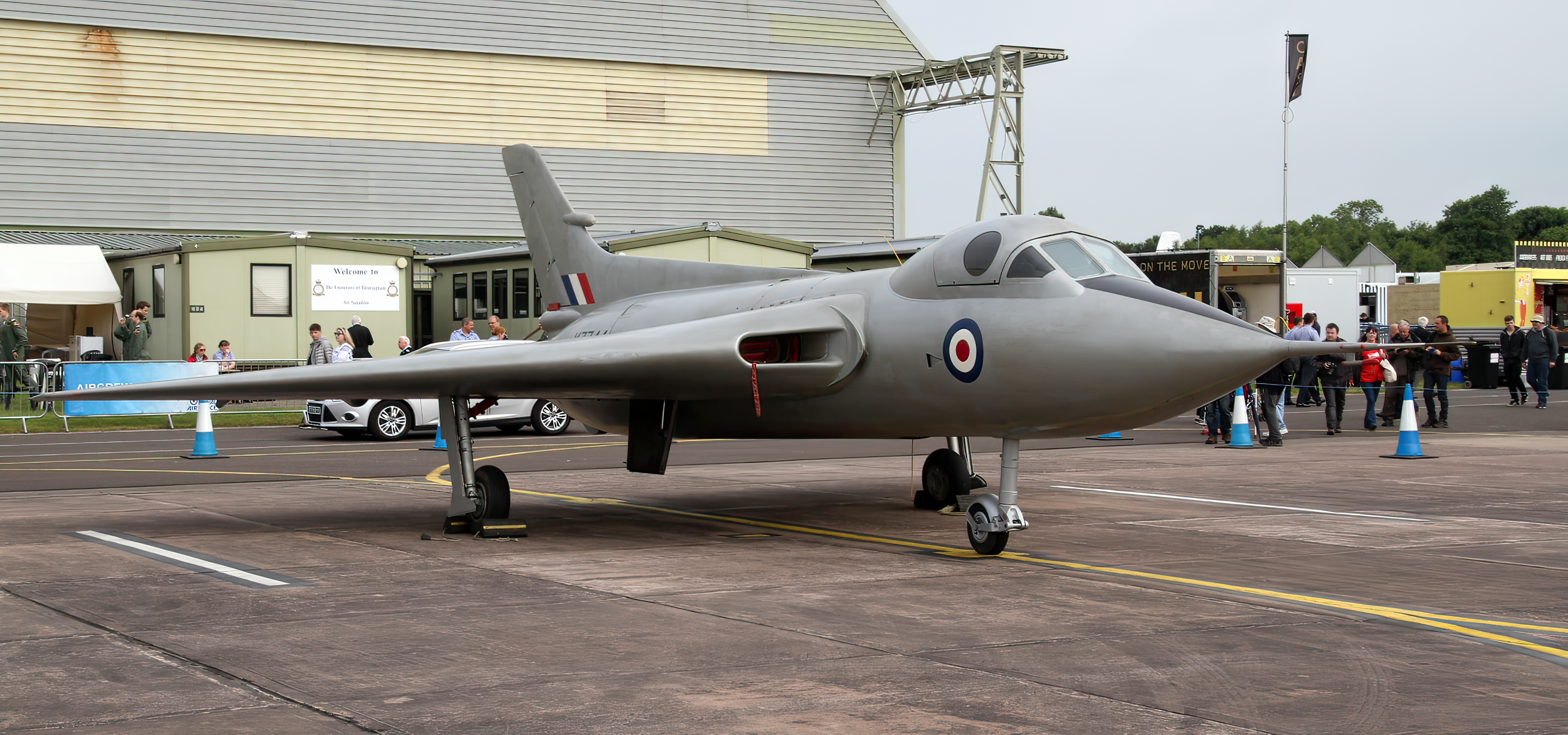
Baptism of Fire
On September 4, 1949, the first prototype, the Avro 707A, took to the skies, with Eric Esler as the pilot. The maiden flight wasn’t smooth, as the aircraft encountered issues like poor directional stability and landing gear malfunctions. Nonetheless, the 707A’s test flights offered valuable insights into delta wing aerodynamics, shaping the design of subsequent prototypes.
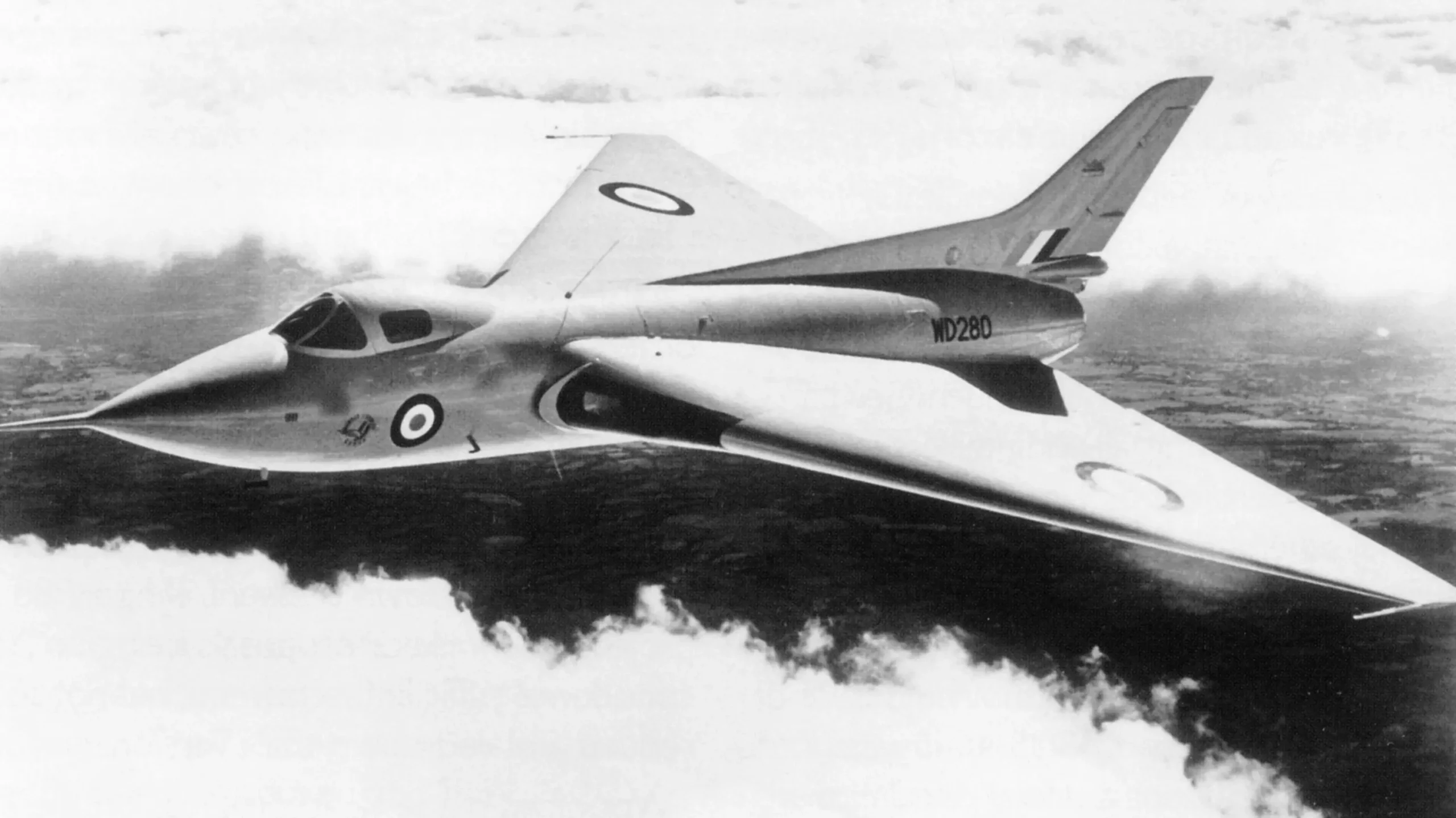
Design Evolution
The Avro 707B, the second prototype, was a significant improvement over its predecessor. Boasting an enlarged vertical stabilizer and redesigned landing gear, the 707B offered better stability and control. In October 1950, the 707B completed a successful test flight, setting the stage for the final prototype, the Avro 707C.
The 707C featured even more modifications, including a longer fuselage, redesigned air intakes, and increased fuel capacity. As a result, it demonstrated superior performance, particularly at high speeds and altitudes. With these improvements, the Avro 707 seemed poised for success.
Fleeting Glory
In 1953, the Avro 707 fleet participated in the prestigious Farnborough Air Show, where it wowed audiences with its impressive flight characteristics. Capable of reaching speeds of up to 640 mph (1,030 km/h), the 707 was lauded as a testament to British ingenuity and engineering prowess. Despite its promising performance, however, the aircraft’s destiny was about to take a tragic turn.
On September 29, 1953, the Avro 707B was tragically lost during a test flight due to a structural failure. The aircraft’s chief test pilot, Stuart D. “Jock” Eyles, died in the crash. This catastrophic event cast a dark cloud over the 707 program, and the future of the aircraft was now in jeopardy.
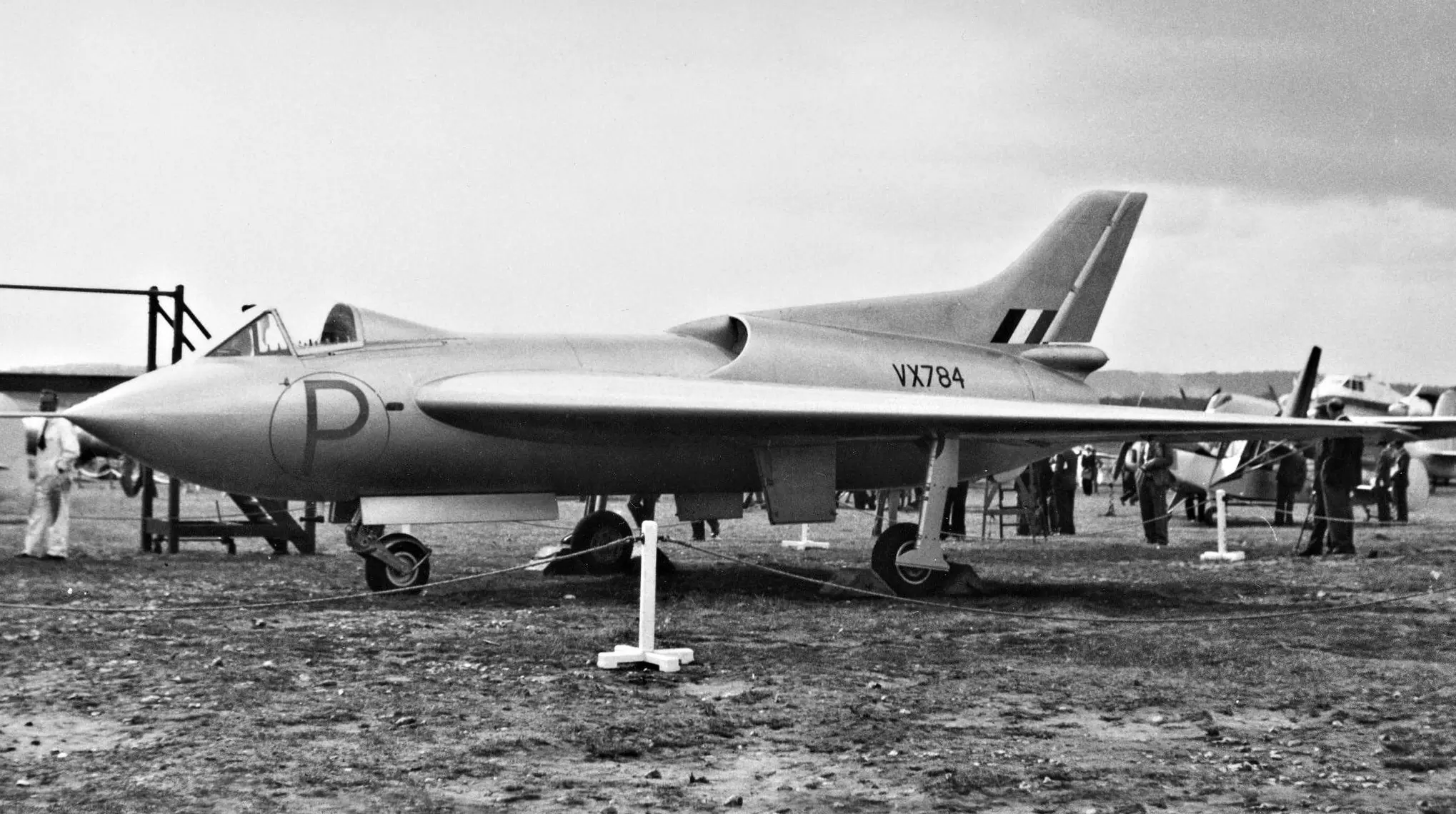
End of the Line
As the 1950s progressed, the British government’s priorities shifted. The need for high-speed bombers waned as strategic bombers like the Avro Vulcan took center stage. Moreover, with supersonic jet fighters like the English Electric Lightning entering service, the Avro 707’s niche was rapidly closing. In the end, the 707 never entered full-scale production, and the remaining prototypes were retired by the early 1960s.
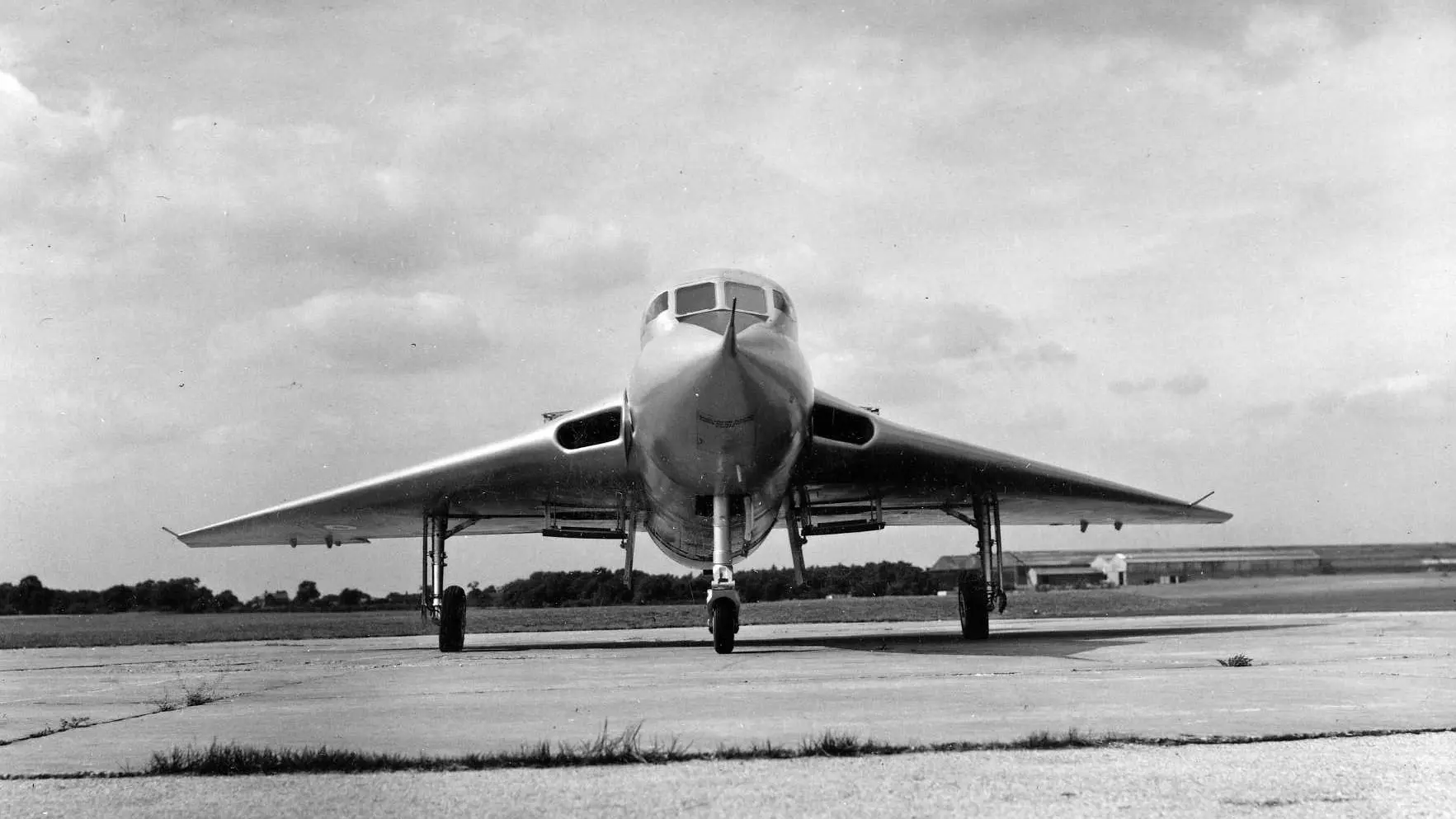
Legacy
Though the Avro 707 never achieved the success it deserved, its contributions to aviation history cannot be overstated. The research it generated on delta-wing aerodynamics proved invaluable to the development of the iconic Avro Vulcan, Concorde and other delta-wing aircraft. Its test flights helped refine the design and performance of these remarkable planes, ensuring their place in the annals of aviation history.
